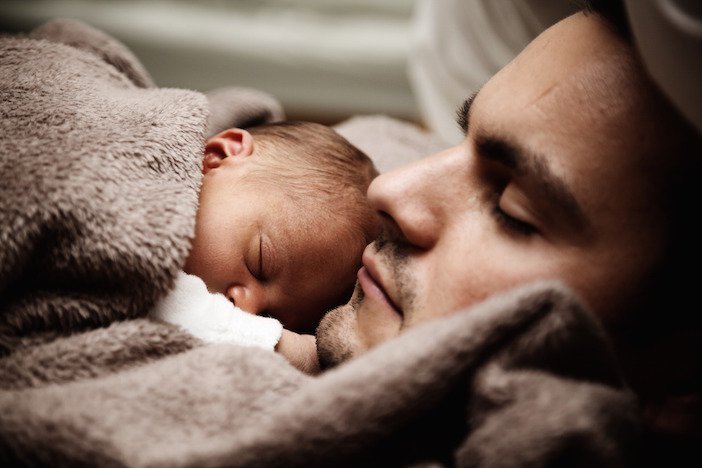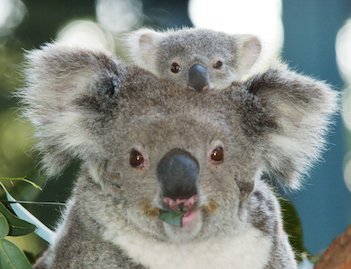Shot of Science- What is Sleep? Koalas, Bill Gates
Bill Gates & Spanish Influenza
Bill Gates, in an interview with Vox, has urged humanity to take the threat of massive flu pandemics more seriously. He says that this is the most likely major killer of humans in the future. The billionaire computer entrepreneur and philanthropist imagined a threat similar to Spanish Influenza that is estimated to have killed 5% of the world’s population in 1918. The movement of armies towards the end of World War I in 1918 spread the flu virus quicker than previous pandemics and to a wider geographical area. A model that the Gates Foundation funded showed that with today’s international connectivity, even with advanced medical care, the Spanish flu would spread to every urban centre in 60 days and would kill 33 million people in less than a year. Bird flu and Swine flu, or H1N1, are examples of major epidemics that had the World Health Organisation and health agencies on high alert. Although they were not as deadly as the Spanish flu, we failed to quarantine them and they spread across the globe before we knew what was happening. As we’ve seen with the ebola virus, quarantines can be effective and infection rates lowered, but ebola has visible symptoms when it is contagious, the flu virus does not. The regular flu kills anything from 10,000 to 50,000 people in the United States a year. Most of these deaths are individuals with lowered or compromised immune systems. A massive pandemic similar to Spanish Influenza that kills healthy young individuals could be devastating. The Ebola outbreak in 2014 has killed over 10,000 people so far which is almost ten times that of the total previous number of deaths from ebola. On average each Ebola sufferer passes it to two people but the statistics from flu such as the SARS virus are higher. If a Spanish flu outbreak begins in a well dense major city such as New York, Tokyo, or Beijing, with a high volume of visitors passing through a new deadly flu virus would spread across the world rapidly. Mass international travel means disease is no longer one country’s problem. One of the solutions is to increase the number of relativity inexpensive public health systems in every country that analyse specimens regularly so outbreaks are spotted quickly and proper procedures put in place.
The 2015 Flame Challenge
Children are infinitely curious when it comes to questions about the world around them. Often they ask questions that we are not even sure of ourselves. We have all given an answer to a child at some point only to be stumped by the frustrated exclamation, “But WHY???”. When the actor Alan Alda was 11 he asked what is a flame? and never received a satisfactory answer. In 2012 he decided to finally get a good answer.

He challenged scientists to give an answer that any 11 year old could understand, and be satisfied with, and he got the 11 year olds themselves to judge the competition. After the first challenge he asked the 11 year olds to come up with their own burning questions. In 2013 they asked “what is time?” , in 2014, “what is colour” and this year the question is “What is sleep?”. The results (in the links above) are pretty entertaining and informative. The eleven year olds were picky and when confronted with answers that were too simple complained “We’re 11 not 7!” Try them out on an eleven year old you know and watch and read them yourself so in future maybe you can answer these tricky questions and avoid the, “but WHY???”.

Koala STDs
Back in 2012 there were some rather sensationalist headlines about One Direction and chlamydia. Don’t worry 1D fans their image remained squeaky clean. The boyband members were worried that they caught chlamydia from a koala in a zoo who peed on them but there is no evidence to suggest that any humans have caught chlamydia from koalas as they carry a different strain of the disease. If 1D had chlamydia then they almost certainly caught it elsewhere. Koala Chlamydia is not to be taken lightly however. In some areas of Australia up to 90% of koalas are infected with the sexually transmitted disease that can cause blindness, infertility, incontinence and even death. It effects males and females and is passed on to baby koalas, called ‘joeys’, through suckling. However the infertility it causes has lowered the number of wild koalas. Like in humans, koala chlamydia can be treated by antibiotics but this means keeping wild koalas captured during the treatment process which is not a feasible solution for all wild koalas. Furthermore, there are now fears that the antibiotics given to female koalas could adversely effect their future offspring. Joeys ingest their mother’s faecal matter in order to gain the microbes needed to digest eucalyptus plants, koala’s main food source. Some newer studies are focusing on vaccines to help save Australia’s national animal. If the furry little cute koalas can’t be rid of STD’s then the species will tragically be endangered.

